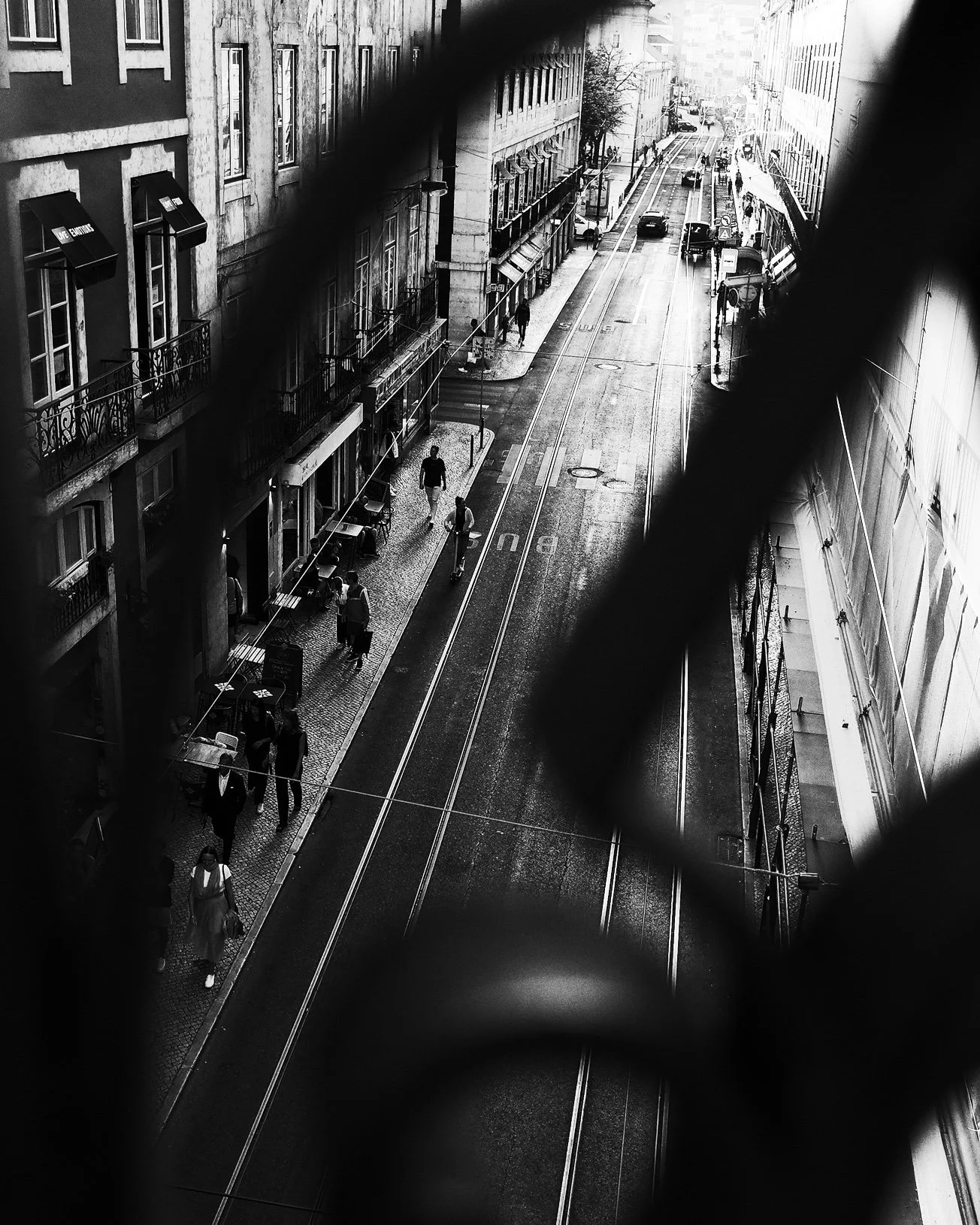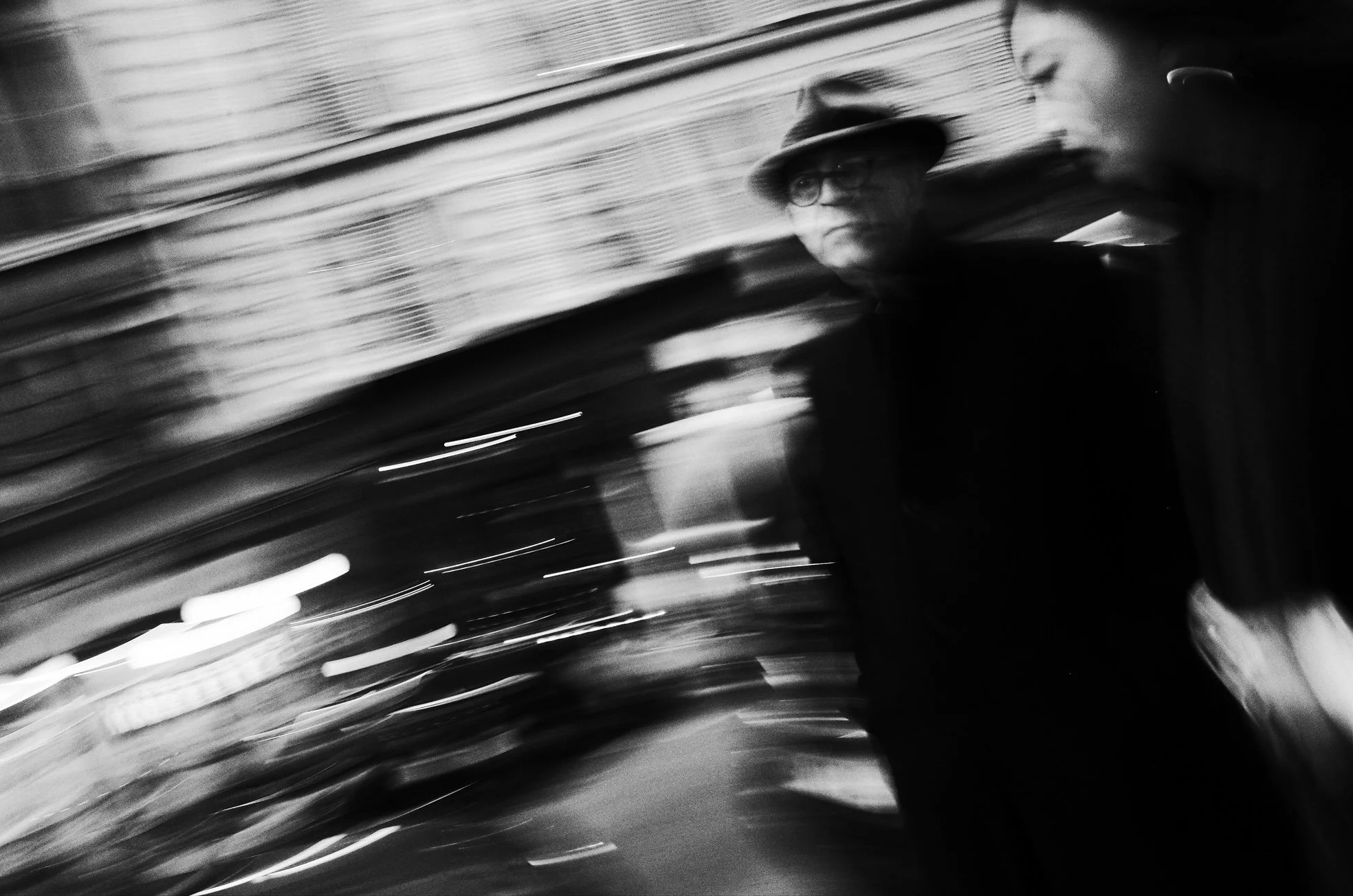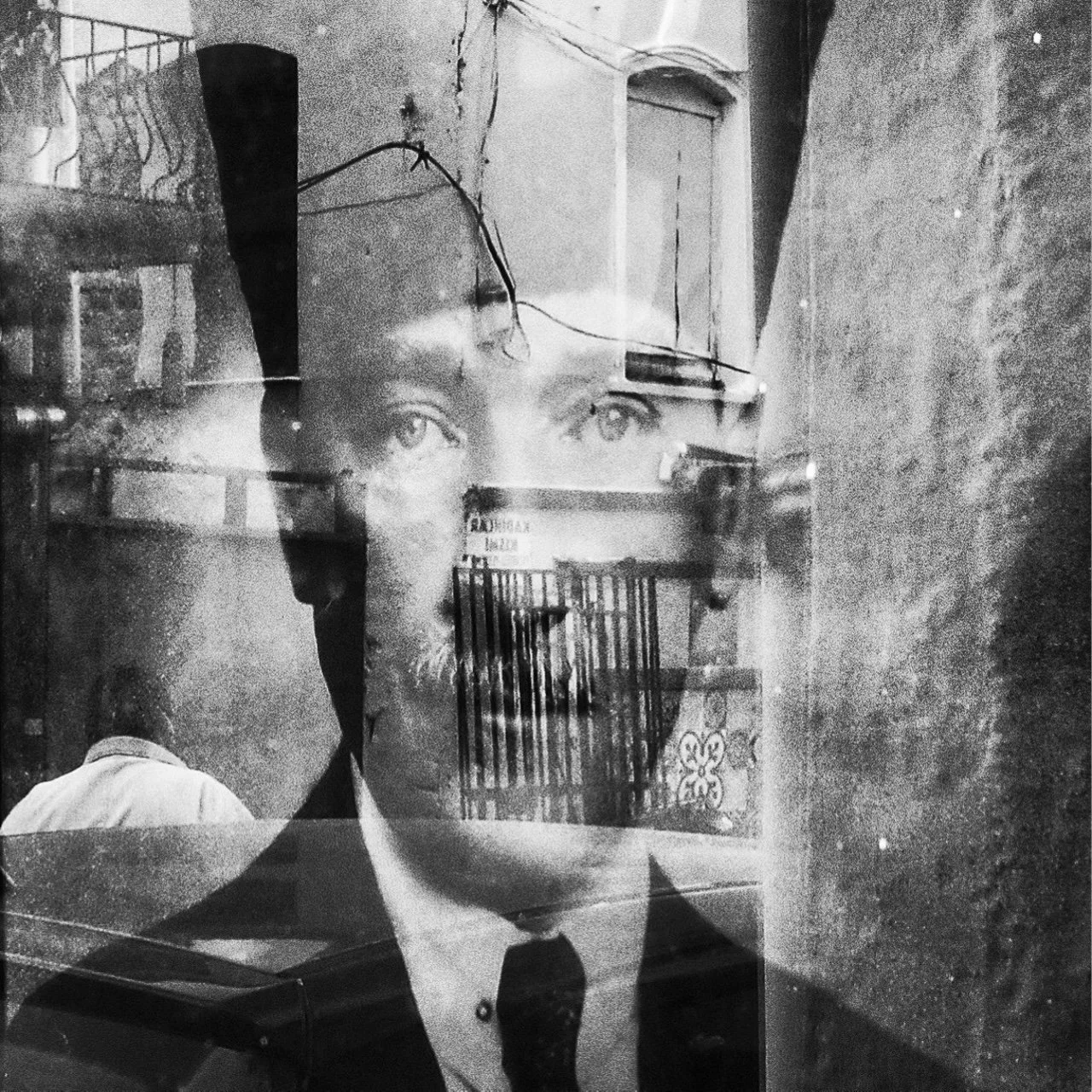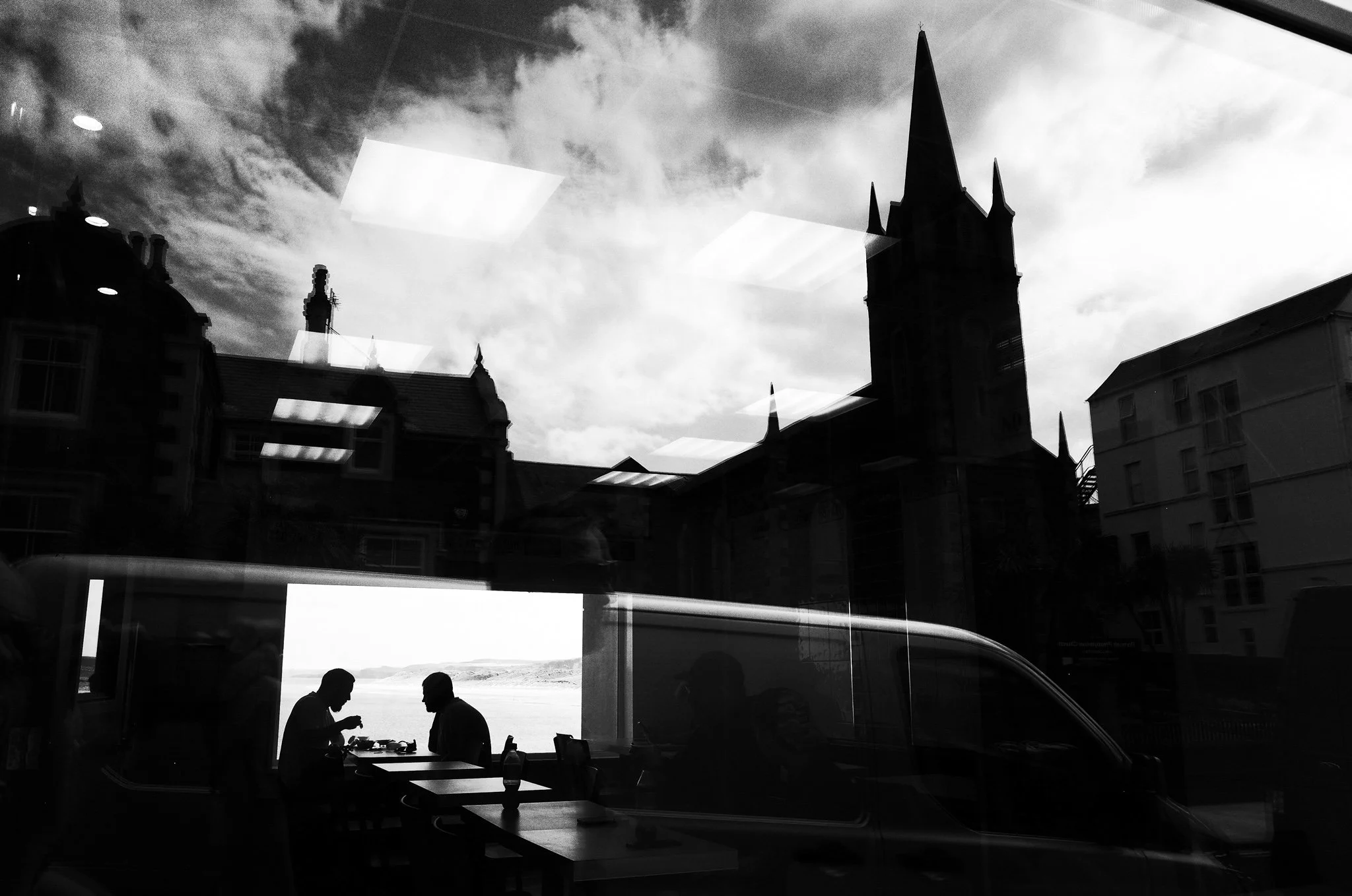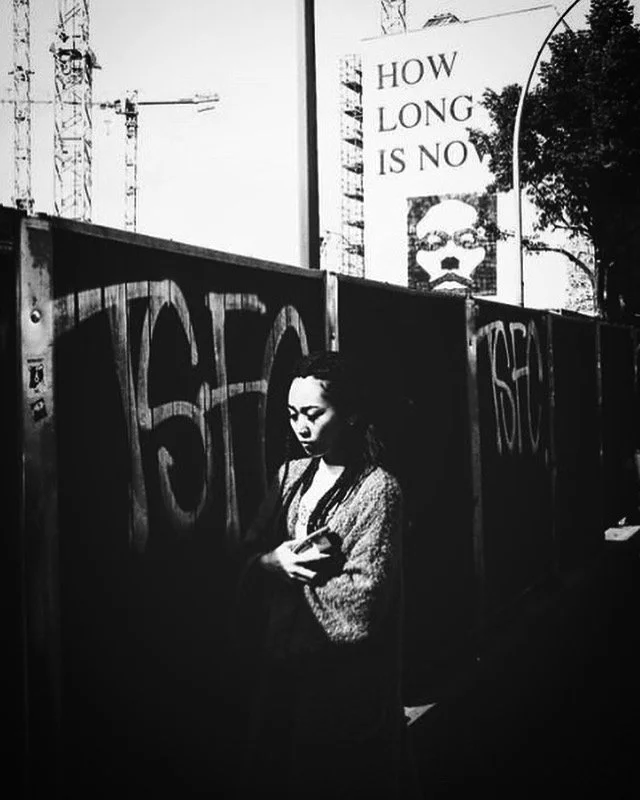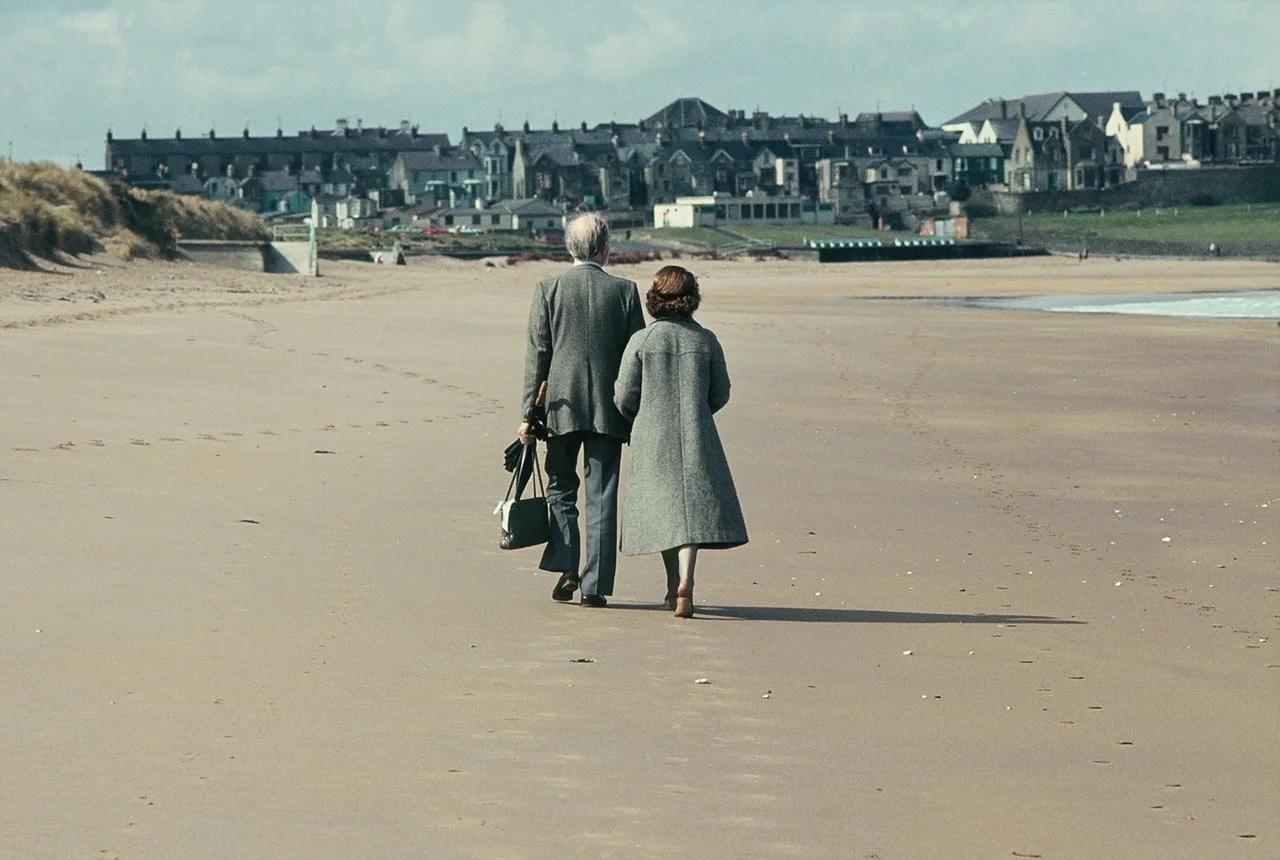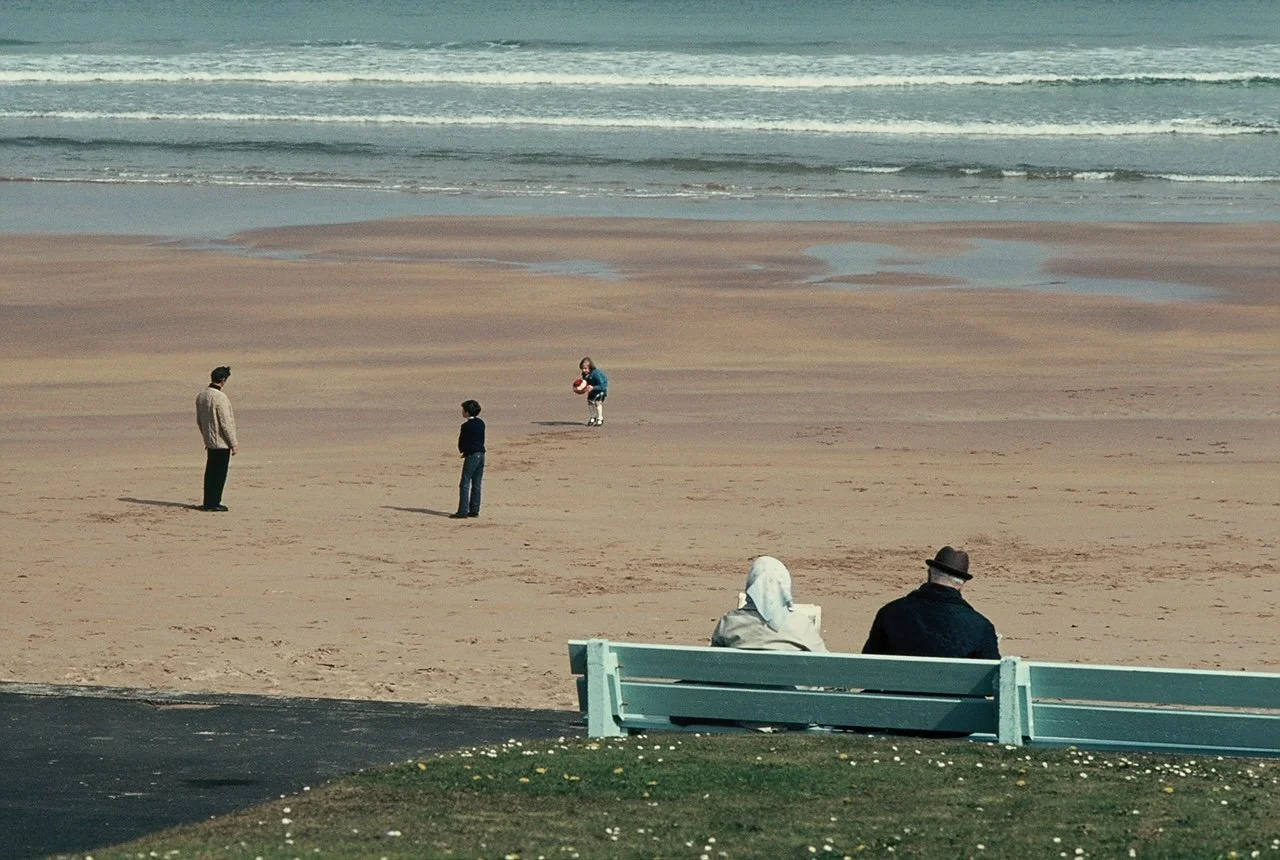Street photographer interview #1: Barbara Progscha
Every so often I come across someone whose work really interests me and today’s newsletter is dedicated to one of my workshop clients, Barbara Progscha. Based in Bavaria, Germany, Barbara has an interesting style, mostly based on monochrome. I interviewed her about her work and this is what she had to say . . .
1/ How did you get started as a street photographer - and why?
My father gave me a Canon AE-1 with a zoom lens for my A-Levels at the Secondary School of Art in my hometown in Bavaria, Germany. He was very passionate himself about photography (being a Leica enthusiast) and thought I might have an eye, too. I remember him giving me first tips for composition and lighting.
During my travels as a student to England and Northern Ireland the following years, I found pleasure in documenting the way of life and quirkiness of the British beginning of the 80s (punks, old ladies with weird hats, couples on the beach, old–fashioned shop windows, etc). In retrospect, these pictures were street photography, I just didn’t have a name for it.
About eight years ago, I rediscovered my passion with my iPhone, soon ‘upgrading’ to a Ricoh GR II. With this camera I enjoy traveling and wandering the streets in foreign cities trying to freeze moments which would have otherwise gone by.
2/ What part does street photography play in your life today?
I consider myself a flâneuse and I love going out on my own to experience the street with all senses. As an observer, company distracts me, though I enjoy exchanging ideas and getting inspired by like-minded people on occasions.
My travels are almost always in connection with photo events (Paris Photo, Les Rencontres d‘Arles, Dublin Street Photography Festival, Workshops in Lisbon, Istanbul, Venice, London).
I love collecting photo books and learning from the masters. Instagram and Facebook are great for developing an international photographic network which I appreciate so much having today.
I’m a member of the StreetSnappers Collective and UPC Urban Photographers Club, both of which enrich my photographic journey through meet-ups, photo walks, exchange about films and photo exhibitions, book discussions, and not least by supporting each other constructively. I’ve had the pleasure to meet a few fellow members in real person at various occasions.
3/ How would you describe your photographic style?
My photographic style I would describe as high contrast black and white images with a wide–angle lens, playing with reflections, silhouettes, and geometric patterns through light and shadows. I experiment with framing, different angles, and shooting through dirty surfaces. I like to include a human element as it brings life and a sense of scale to the images, but as an introvert, I’m not so much into street portraits.
I’m anything but a perfectionist and my motto is ‘if you stumble, make it part of the dance’ {note from Brian: terrific quote!!]. So I embrace the mystery of blur and grain, and try to find beauty in the imperfections.
The humanist photography of Henri Cartier-Bresson or Brassaï, the melancholic beauty of Chinese photographer Fan Ho, the unconventional style of the Japanese Daido Moriyama, as well as contemporary artists such as Anders Petersen or Jacob Aue Sobol are a great source of inspiration. Recently, I‘ve been experimenting with ICM in the style of Olga Karlovac, which opens up a new field of creativity (atmospheric photography with mood and texture).
4/ What’s the worst experience you’ve had on the streets?
I actually haven’t had any bad experience on the streets in the sense of somebody being annoyed by being photographed. I try shooting candidly, and the unobtrusive look of the Ricoh helps me as it almost looks like a toy camera. Very rarely people signalize that they don’t want to have their photo taken, then I respect it. I’m not up to confrontation.
5/ What single thing would improve your photography ?
Sometimes I miss a tiltable display on my Ricoh so I could be more flexible in shooting different angles and unusual perspectives.
6/ What are your views on analogue / film photography? Do you shoot film - or do you plan to? If not, why not?
At the moment I‘m not planning to shoot analogue. I love my Ricoh because it‘s quick and small and intuitive. I love the high contrast, the outcome I can immediately check on the display. I can shoot as many pictures as I like of one situation without having in mind how many pictures are still left on the film. And I can post-process very easily.
However, for nostalgic reasons, I might go out and shoot with my Dad’s old Leica one day.
7/ If you could spend the day shooting with one photographer, dead or alive, who would it be?
A difficult question, as there are so many, each for a different aspect. I‘m a huge fan of Saul Leiter, Richard Sandler, Daido Moriyama (besides others), and I couldn‘t decide for one. So I‘d just say for today, it‘s Michael Ackerman whose work I recently discovered. I‘m interested in his instinctive, experimental approach to photography. If you ask me tomorrow, I might choose Fan Ho, Brassaï, or Ernst Haas (this question I left open till the end, because I changed my mind on a daily basis).
8/ Black & white or colour?
I see in black and white.
In places like Istanbul I felt obliged to shoot in colour, but quickly switched back to black and white, because I prefer its timelessness. The pictures are more dramatic, have a moody or sometimes mysterious aura and leave something for the imagination. Monochrome is a form of simplification, whereas color I often find distracting.
I‘m just back from Arles and I shot in RAW and JPEG. When I compare the two versions, I always prefer the monochrome, even though the Provence is such a colourful place.
However, Brian’s ‘Inspired by Saul Leiter’ workshop introduced me to a style of colour photography that made me curious and that I might further pursue in the future.
9/ What gear do you use - and why?
I was looking for a simple, small, lightweight camera for my street photography, as I’m not a technical person at all. I searched the internet and found the Ricoh GR II, and I‘m really happy with it. It has a fixed wide prime lens and a 35mm equivalent focal length of approximately 28mm. Together with its high contrast effect it’s the perfect camera for my kind of photography.
10/ What does the next 12 months hold for you?
Since I retired in March, I’m now free to travel. For my farewell, my colleagues gave me a voucher for one of Brian’s workshops - considering Prague or Venice.
Paris Photo in November, the Dublin Street Photography Festival in May, and Les Rencontres d’Arles in July are already on my schedule. Moreover, I‘m open to anything photography-wise: workshops, exhibitions, photo walks, meet-ups.
I’m also planning to make a photo book/zine. One project is the collection of old slides from Portrush / Northern Ireland - where I studied as an exchange student in the 80s - juxtaposed to photos I took this year, during my first visit after 40 years.
Another project I‘m thinking about is to document the clearance of my parents’ house which has been more or less untouched for a decade. I’d love to keep some memories before it will be sold and probably demolished, a pretty emotional project. But let’s see what the next year has in store for me!
Please follow Barbara on Instagram - @barbaranne2nd

